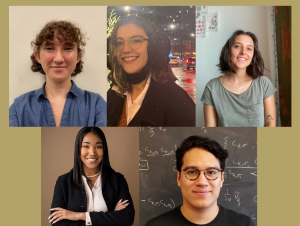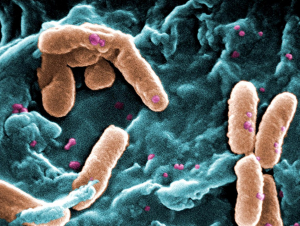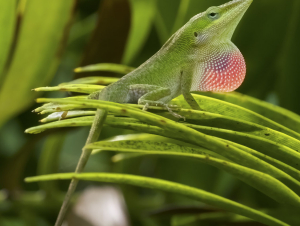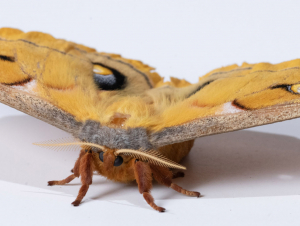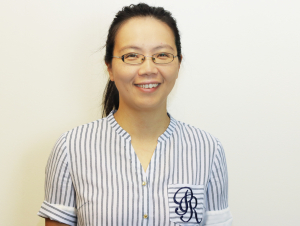To request a media interview, please reach out to experts using the faculty directories for each of our six schools, or contact Jess Hunt-Ralston, College of Sciences communications director. A list of faculty experts is also available to journalists upon request.
Latest News
With goals to boost science, engineering, and computing Ph.D. researchers from underserved populations, UCEM grows in 2023 to include students from Schools of Biological Sciences, Earth and Atmospheric Sciences, Mathematics, and Physics.
Georgia Tech’s Center for Microbial Dynamics and Infection receives nearly $1.5 million in grants to study bacterial defenses and communications — how they use them to join multicellular groups while protecting themselves from threats, and how they use ‘quorum sensing’ to take collective action.
By lassoing lizards, putting tiny chips on their legs, and tracking them for three years, Georgia Tech’s James Stroud revealed why species often appear unchanged for millions of years despite Charles Darwin’s theory of constant evolution.
Many insects fly synchronously, matching the nervous system pulses to wing movement. But smaller insects don’t have the mechanics for this and must flap their wings harder, which works only up to a certain point. That’s where asynchronous flight comes in.
Holder hopes to boost outreach to K-12 schools in her new role while continuing to serve as associate director of the College of Science’s rapidly growing undergraduate neuroscience program.
Liao's research will dig into how deep learning might be leveraging to make mathematical advances in achieving more efficient modeling techniques. “This project has the potential to drive significant advances in scientific machine learning,” Liao says in her abstract. “The proposed model-reduction methods can be used to analyze large datasets and simulate complex phenomena in physics, biology, and engineering.”

